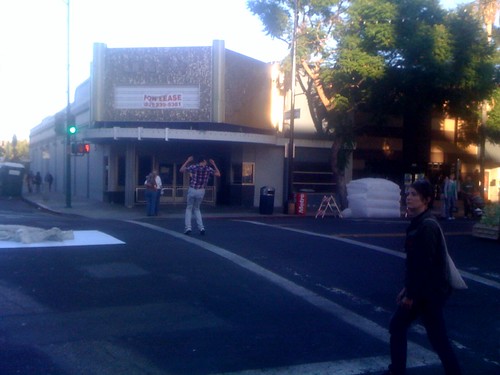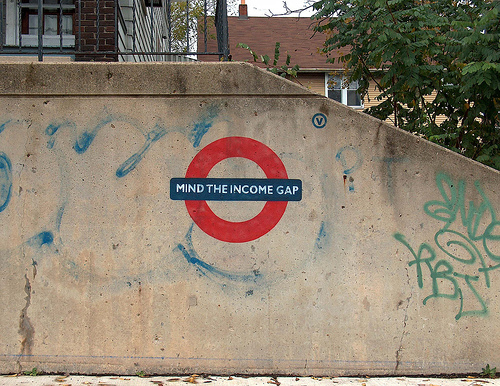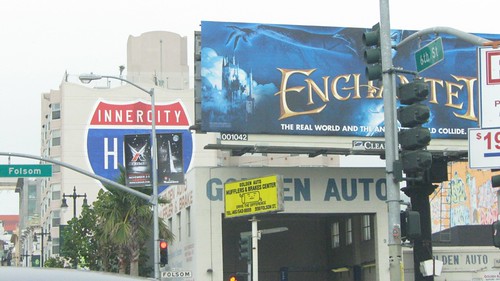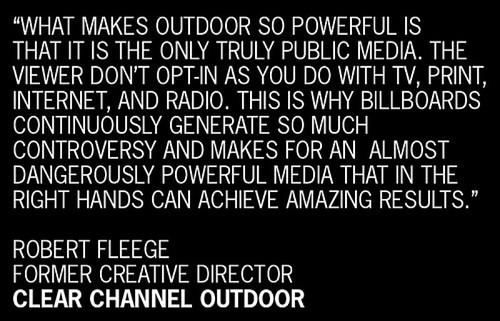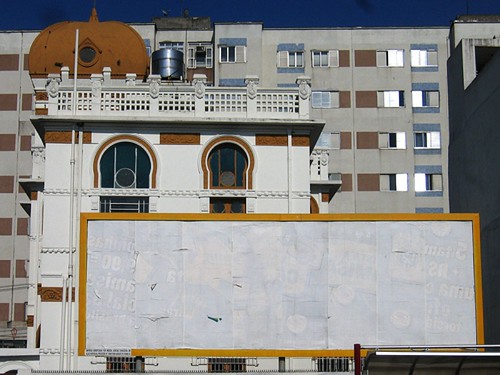This story is a bit old, but it was picked up by FishArePeopleToo and on a Sunday morning it has to, well, bring a smile to your face. Fine type at the bottom of the sign reads:
“The Sustainable Community Progress Indicators Project has been measuring in your area. For more information or to become a smile spy call 9209 6777 or go to www.portphillip.vic.gov.au “Smiles Per Hour.”
The link suggests the genesis of the project:
“Are we a friendly folk here in Port Phillip? Do we smile or say ‘Hi’ to our neighbours and strangers as we walk down the street? Do we even make eye contact, or do we hurry down our street hoping no one will talk to us? In 2005, a survey of residents across our 7 neighbourhoods found that many people yearned for a friendlier neighbourhood, but didn’t know where to start. Some admitted that they also avoided eye contact and a smile with others in their streets.”–via
I’m not sure about the “spy” language or the efficacy of posting such signs compared to supporting smile-eliciting public art, such as Marcus Young and Grace MN’s Don’t You Feel It Too?, pictured here at the AbsoluteZER0 street festival during the 01SJ Biennial in San Jose or the latest and greatest Improv Everywhere flash mob The MP3 Experiment Seven.
Maybe, however, they’re right that “keeping up with the Jones’s” will spur “friendly competition,” similar to what Xcel energy appears to be banking on with its “report card” system of billing.
Jan 13, 2010 (Star Tribune – McClatchy-Tribune Information Services via COMTEX) —
Xcel Energy Inc. is sending some of its customers report cards — complete with smiley faces — that lets them know how their energy use compares with their neighbors’.
This latest way to keep up with the Joneses is part of a new three-year pilot program aimed at encouraging homeowners to cut down on their energy consumption. It is targeting about 35,000 gas and electric customers, primarily in St. Paul and its suburbs.
The idea of experimenting with social pressure as a way to conserve energy is growing across the country. Utilities in several states, including California and Washington, are running similar programs. And several smaller utilities in Minnesota are already seeing results as they work to meet state mandates to cut energy use.–via Trading Markets.com

